Do you want to learn how to do massage therapy techniques? Massage therapy is a great way to relax and improve your physical and mental well-being. With the right techniques and tools, you can reap the benefits of massage therapy for yourself or for others. This comprehensive guide will teach you everything you need to know about how to do massage therapy techniques, from the basics of setting up a massage session to the various massage techniques and tools available. You’ll also learn about the different types of massage, how to assess and treat clients, and how to ensure safety and ethical practice. By the end of this guide, you’ll be well-equipped to perform massage therapy techniques with confidence.
What is Massage Therapy?
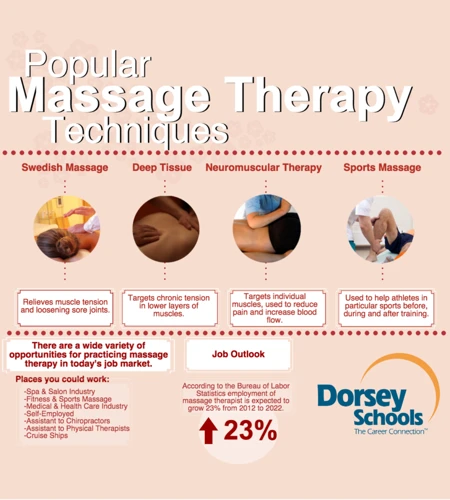
Massage therapy is a physical and therapeutic modality used to relax muscles, reduce tension, and improve circulation. It is performed by a trained therapist who uses various massage techniques and pressure to manipulate the soft tissue and muscles of the body. The therapist may also use oils, lotions, and other products to help relax the muscles and improve the massage experience. Massage therapy can help to relieve stress, reduce anxiety, improve circulation, reduce pain, and promote relaxation.
How to Massage Therapy Techniques
There are several techniques used in massage therapy, including Swedish massage, deep tissue massage, sports massage, and neuromuscular massage. Each technique has its own set of movements and techniques, which are designed to target specific areas of the body. Swedish massage is the most common technique and involves long, flowing strokes that are used to relax the entire body. Deep tissue massage is used to release tension and reduce pain in specific areas, while sports massage is used to enhance athletic performance. Neuromuscular massage focuses on specific muscles to reduce pain and tension.
| Massage Technique | Purpose |
|---|---|
| Swedish Massage | To relax the entire body |
| Deep Tissue Massage | To release tension and reduce pain |
| Sports Massage | To enhance athletic performance |
| Neuromuscular Massage | To reduce pain and tension |
Benefits of Massage Therapy
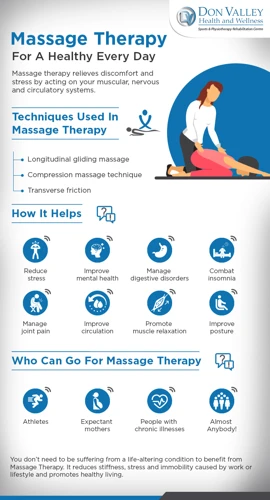
Massage therapy has many health benefits, both physical and mental:
- Improves circulation – Massage therapy increases circulation of blood throughout the body, aiding in oxygen delivery and removal of toxins from the body.
- Decreases pain – Massage therapy helps to reduce pain and inflammation due to muscle tension, stress, and injury.
- Reduces stress – Massage therapy helps to reduce stress, anxiety, and depression.
- Increases flexibility – Massage therapy loosens tight muscles and increases range of motion and flexibility.
- Boosts immunity – Massage therapy helps to boost immunity by increasing the flow of lymph, which helps to fight off infection.
- Improves sleep – Massage therapy helps to reduce stress and relax the body, resulting in improved sleep quality.
Types of Massage Therapy

Swedish Massage Therapy
Swedish massage is the most popular type of massage therapy. It involves light, rhythmic strokes that are used to relax the muscles and increase circulation. It is often combined with other massage techniques to create a customized massage experience.
Deep Tissue Massage
Deep tissue massage is a type of massage that focuses on the deeper layers of muscle tissue. It is used to release chronic muscle tension and to target specific areas of tightness and pain. This type of massage is beneficial for those with chronic pain, as it helps to break up adhesions and reduce inflammation.
Hot Stone Massage
Hot stone massage is a type of massage that uses heated stones to help relax the muscles. The stones are placed on the body to help increase circulation, reduce tension, and provide a soothing sensation.
Sports Massage
Sports massage is a specialized form of massage that is used to treat athletes and active individuals. It helps to improve performance, reduce the risk of injury, and promote faster recovery. This type of massage is tailored to the individual’s needs, and can be used to target specific areas of the body that are overworked or tense.
Thai Massage
Thai massage is an ancient form of bodywork that combines acupressure, stretching, and yoga postures. This type of massage promotes relaxation, increases energy, and helps to reduce stress and tension.
Pregnancy Massage
Pregnancy massage is a type of massage that is specifically tailored to the needs of pregnant women. It helps to reduce stress and tension, as well as improve circulation and reduce swelling. It is important to choose a practitioner that is experienced in working with pregnant women.
Massage Therapy Techniques
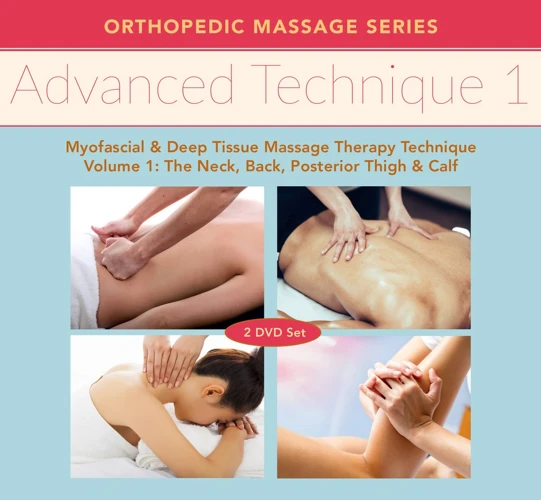
Effleurage
Effleurage is a gentle, flowing massage technique used to relax soft tissue and improve circulation. It is a light, stroking massage technique that is used to warm up the tissue and prepare the area for deeper work.
Petrissage
Petrissage is a massage technique used to knead and manipulate soft tissue. It is used to loosen tight muscles, improve circulation, and reduce inflammation. Petrissage is generally performed with deep, circular motions.
Friction
Friction is a massage technique used to break up adhesions in the muscles, tendons, and ligaments. It is a deep, penetrating technique used to treat chronic pain and conditions such as tendinitis and bursitis.
Vibration
Vibration is a massage technique used to relax the muscles and increase circulation. It is a gentle, rhythmic massage technique that uses a vibrating tool to massage the tissue.
Tapotement
Tapotement is a massage technique used to stimulate and invigorate the tissue. It is a tapping or percussive massage technique that is used to warm up the tissue and improve circulation.
Safety Considerations
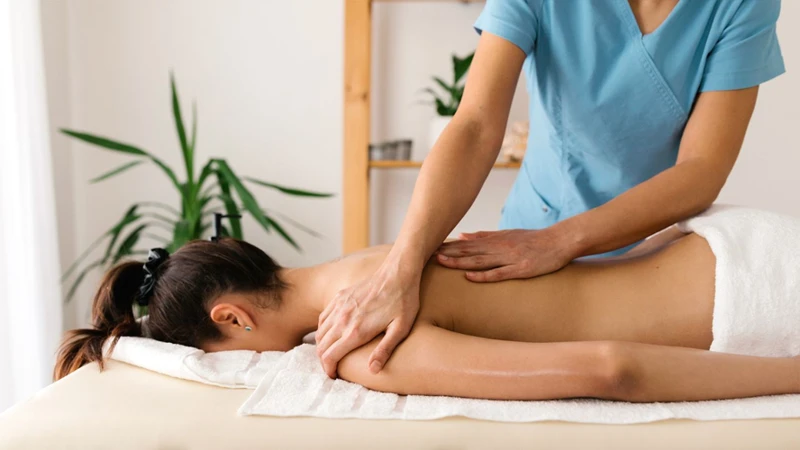
- Check for contraindications: Before beginning any massage therapy session, it is important to check for any contraindications that may prevent you from performing the technique safely. This includes checking the client’s medical history, allergies, and any medications they are taking.
- Use proper positioning: The client should always be in a comfortable position during the massage. Make sure the client is properly supported and that their body is properly aligned. This helps to prevent strain and injury to both the client and the therapist.
- Use the right amount of pressure: Too much pressure can cause injury or discomfort to the client. It is important to use just the right amount of pressure to ensure that the treatment is effective and safe.
- Wear protective clothing: It is important to wear protective clothing, such as gloves and a face mask, when performing massage therapy techniques. This helps to protect both the client and the therapist from any potential infections or diseases.
- Clean your equipment: Make sure to clean and disinfect your massage equipment after each use. This helps to prevent the spread of any germs or bacteria.
Massage Therapy Tools
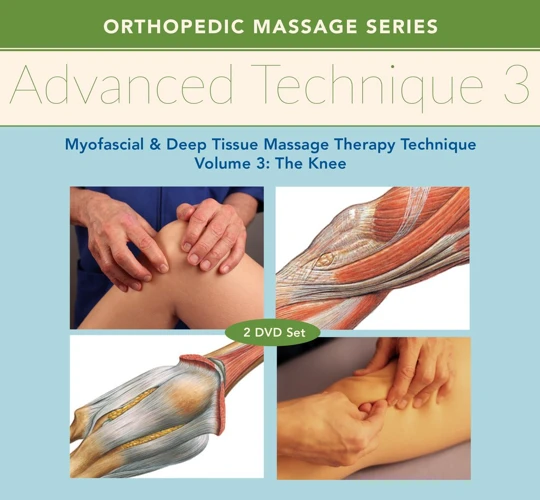
Massage therapists use a variety of tools to perform massage therapy techniques. These tools can include:
- Oil-based Massage Oils – Massage oils help to reduce friction between the skin and the therapist’s hands, allowing for smoother and more effective massage techniques.
- Massage Stones – Massage stones are small, smooth stones heated up to a comfortable temperature. They are then used as part of a massage to provide extra heat and pressure.
- Massage Creams and Lotions – Massage creams and lotions are used to help reduce friction and provide extra lubrication. They also help to keep the skin hydrated and nourished.
- Massage Rollers – Massage rollers are used to help loosen tight muscles and promote relaxation. They can be used to provide both gentle and deep pressure.
- Massage Balls – Massage balls are small, round balls filled with a variety of materials. They are used to provide extra pressure to specific areas of the body.
- Massage Towels – Massage towels are used to help absorb excess oil and keep the therapist’s hands from slipping. They also help to keep the massage area clean and comfortable.
Using the right massage therapy tools can make a big difference in the effectiveness of the massage. It’s important to choose the right tools for each massage technique to ensure the best possible outcome.
Tips for Performing Massage Therapy Techniques
- Warm the muscles: Before you begin the massage, it is important to warm up the muscles by using a warm, moist cloth and gently rubbing the area to be massaged. This will help to relax the muscles and make the massage more comfortable for your client.
- Use proper posture: Proper posture is essential for performing massage techniques correctly. Make sure you are standing or sitting in an upright position and keep your back straight. This will help you to maintain good posture and reduce the risk of injury.
- Choose the right massage oil: Make sure to choose the right massage oil for the type of massage you’re performing. Different oils have different properties, so choosing the right one can help the massage to be more effective.
- Use the right amount of pressure: It is important to use the right amount of pressure when performing massage techniques. Too much pressure can be uncomfortable and can cause injury, while too little pressure can be ineffective. Pay close attention to your client’s body language to gauge the right amount of pressure.
- Pay attention to your client’s comfort: Make sure that your client is comfortable and relaxed during the massage. Pay attention to their body language and make adjustments as needed to ensure their comfort.
- Be aware of your client’s medical history: Before you begin the massage, make sure to ask your client about their medical history and any medical conditions they may have. This will help you to tailor the massage to their needs and avoid any potential risks.
- Use slow, rhythmic strokes: Massage techniques should be performed using slow, rhythmic strokes. This will help to relax the muscles and make the massage more effective.
- Use deep tissue massage: Deep tissue massage helps to relieve tension deep in the muscles and can be used to treat a variety of conditions. Make sure to use the right amount of pressure and be aware of your client’s comfort level.
- End the massage with relaxation: After the massage is finished, end the session with a few moments of relaxation. This will help your client to transition out of the massage and back into their daily life.
Frequently Asked Questions
What are the Benefits of Massage Therapy?
Massage therapy has a plethora of benefits, such as improving circulation, reducing stress, easing pain and muscle tension, and improving sleep quality. Additionally, massage therapy can help improve overall joint flexibility and mobility, improve posture, and reduce anxiety and depression. It can also strengthen the immune system, relax the mind and body, and reduce fatigue. Massage therapy is also beneficial for aiding in recovery from medical procedures and injuries.
What Areas of the Body Should Be Massaged During a Massage Therapy Session?
The massage therapist will typically focus on the back, neck, shoulders, arms, and legs. The massage therapist may also include the hands and feet in the massage. Depending on the patient’s needs, they may also massage the scalp, face, chest, abdomen, and glutes. The therapist will use various massage techniques to release muscle tension, reduce pain, and improve circulation.
What type of massage is best for certain conditions?
- Swedish massage is best for relieving muscle tension and promoting relaxation. It is also helpful for reducing stress and anxiety.
- Sports massage is best for athletes and active individuals who need to improve their performance or recover from an injury. It can help reduce muscle tension, improve flexibility and circulation, and reduce pain.
- Deep tissue massage is best for chronic pain and tension in the deeper layers of muscle and connective tissue. It helps to break down adhesions that cause painful knots and can also improve range of motion.
- Trigger point massage is best for treating specific areas of tension. It uses specific techniques to release tight knots of muscle that can cause pain in other areas of the body.
- Reflexology is best for promoting relaxation and improved circulation. It involves applying pressure to specific areas on the feet, hands, and ears that correspond to different parts of the body.
- Shiatsu massage is best for promoting overall wellness. It is a Japanese massage technique that uses finger pressure and stretching to restore energy balance in the body.
- Craniosacral therapy is best for relieving tension in the head, neck, and back. It is a gentle, non-invasive technique that helps to release restrictions in the body.
What safety precautions should be taken before starting a massage therapy session?
- Protect Yourself: Wear gloves, a face mask, and other protective equipment as applicable for the type of massage you are performing.
- Sanitize Equipment: Make sure that your massage table and other equipment are properly sanitized and wiped down before each session.
- Check Client Health: Ask the client about any health conditions or health-related issues before beginning a massage session.
- Use a Consent Form: Have the client sign a consent form prior to starting the massage session.
- Be Open and Honest: Discuss any contraindications with the client prior to the massage session.
- Discuss Comfort: Make sure the client is comfortable with the temperature and atmosphere of the room.
- Set Boundaries: Establish clear boundaries with the client prior to beginning the session.
How often should someone receive Massage Therapy Treatments?
The frequency of massage therapy treatments depends on the individual, their goals, and the type of massage. Generally, it is suggested to receive massage treatments 1-2 times per month for general health maintenance and stress relief. For treating acute or chronic muscle pain, massage treatments could be done once a week or more, depending on the severity of the condition. It is best to consult a certified massage therapist to determine an appropriate frequency and type of massage for your particular needs.
Conclusion
Massage therapy is a powerful healing tool that can be used to relieve pain and tension, improve circulation, reduce stress, and promote overall wellness. By following the various massage therapy techniques discussed in this guide, you can reap the many benefits of massage therapy. With regular practice, massage therapy can be an invaluable tool to help improve your overall health and wellbeing.
References
- The Benefits of Massage Therapy
- Massage Therapy: What You Need to Know
- Touch Therapy May Reduce Stress and Improve Sleep

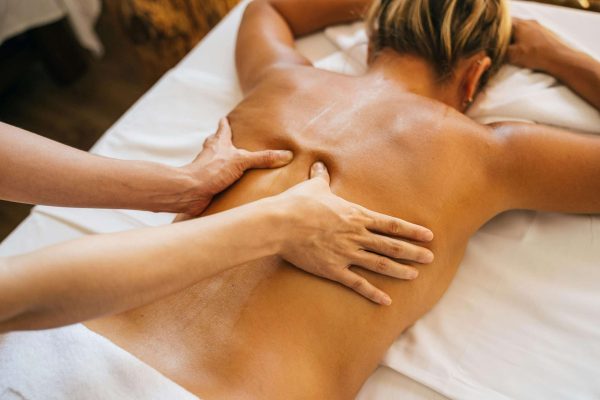
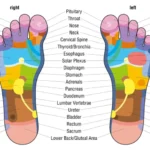

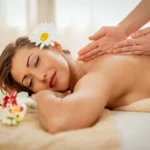

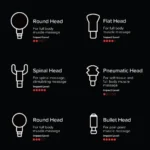
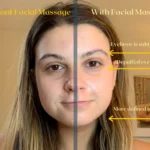


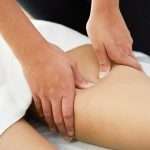
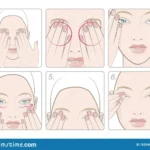
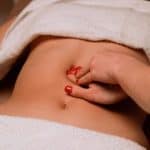
It’s clear that you are passionate about making a positive impact and your blog is a testament to that Thank you for all that you do